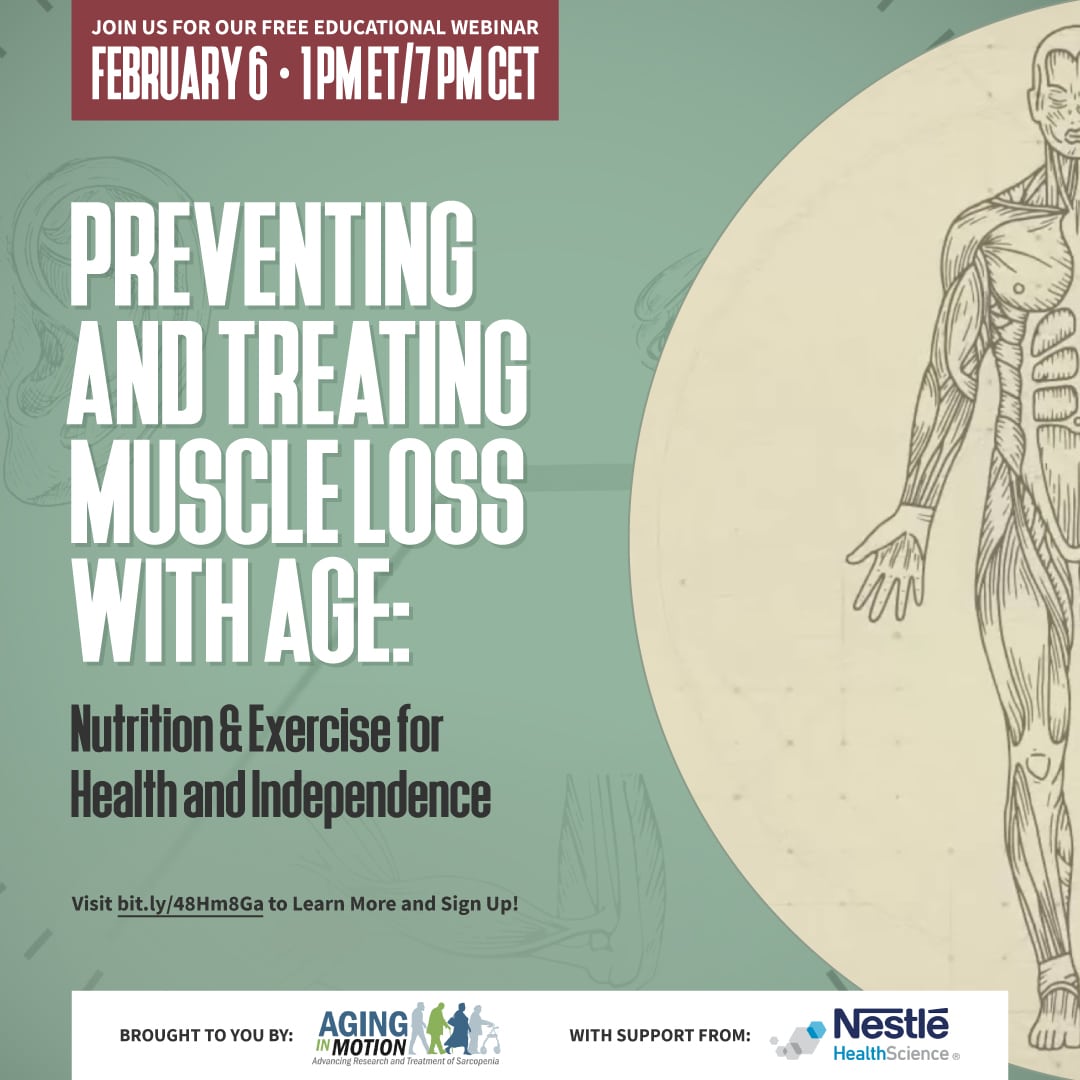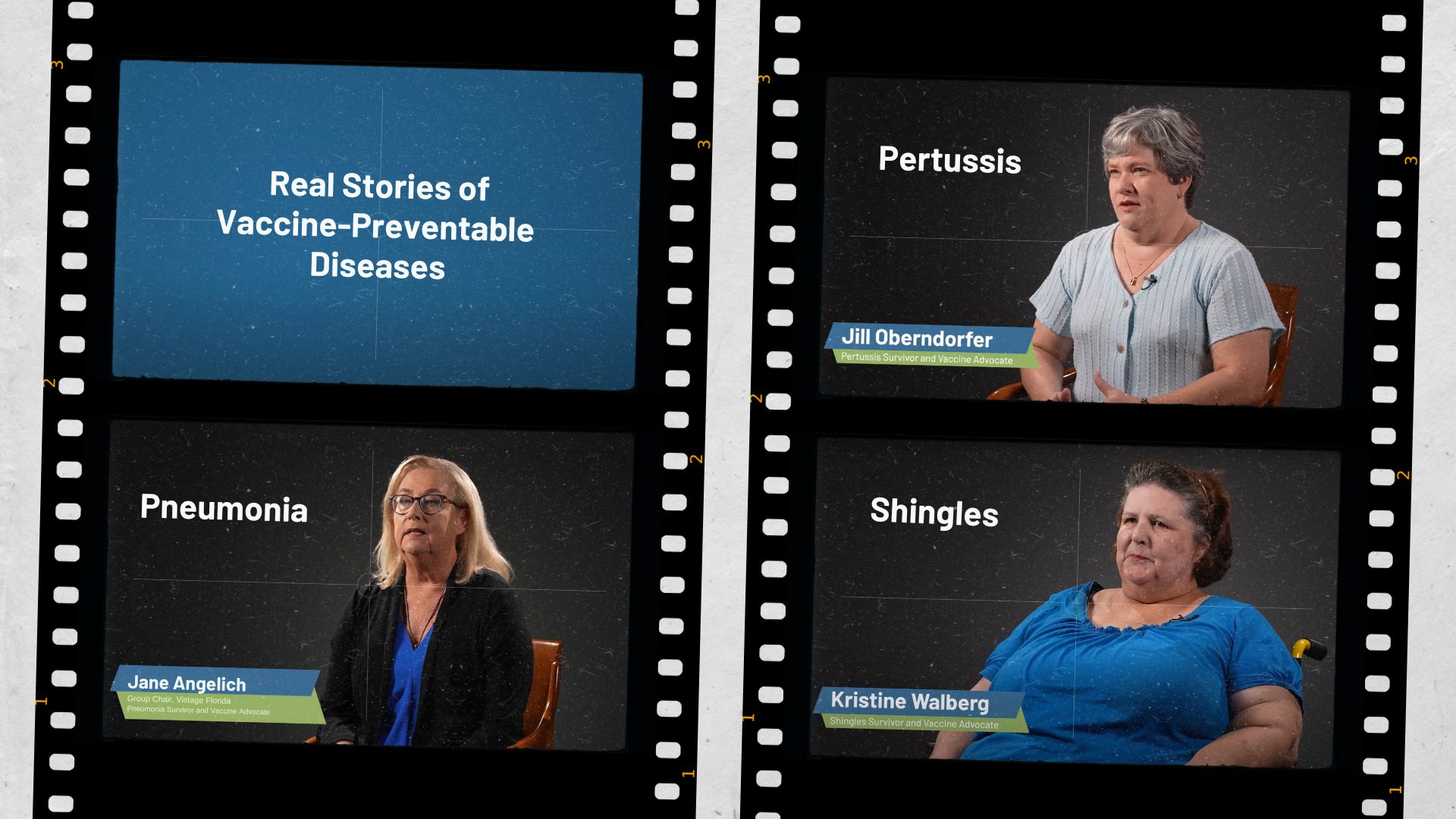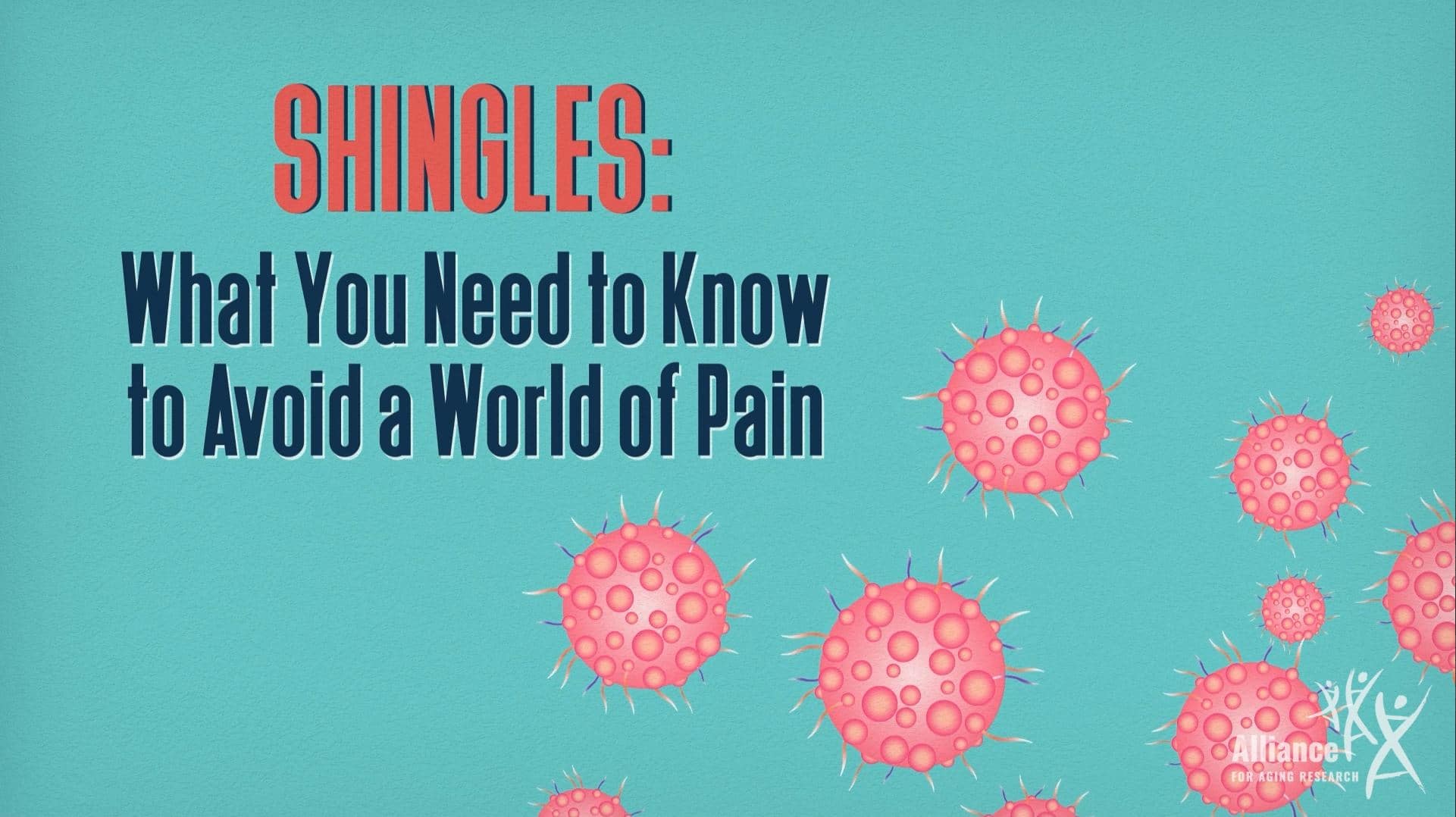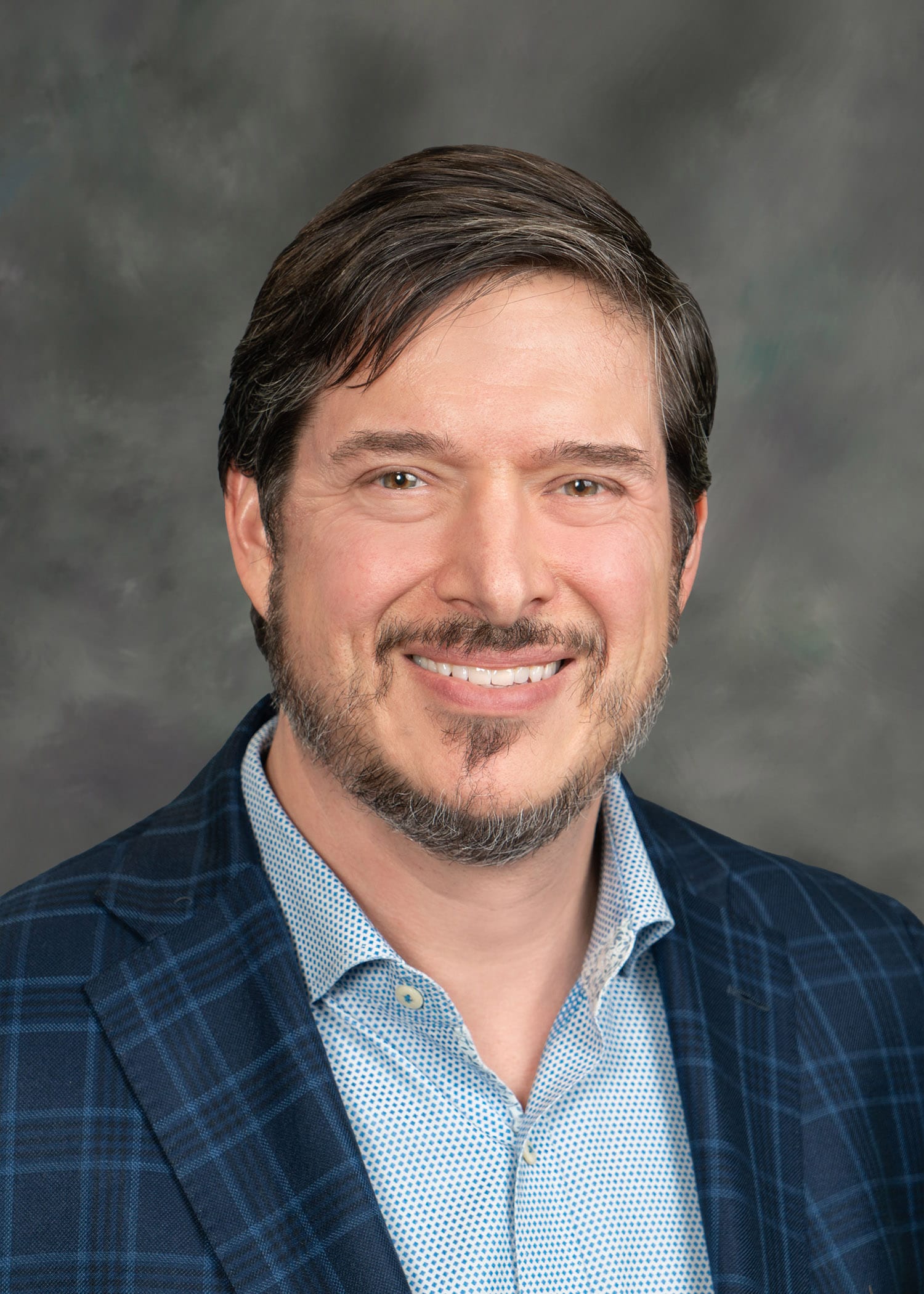- Alzheimer’s Disease and Related Dementias
- Antimicrobial Resistance
- Appropriations
- Cardiovascular Disease
- Care Innovation and Access
- Clinical Trials
- COVID-19
- Family Caregiving
- Health Equity
- Healthy Aging
- Home Health and Community-Based Services
- Medicaid
- Medicare
- Mental Health
- Nursing Home and Post-hospital Care
- Nutrition
- Persistent Pain
- Prescription Drug Affordability
- Quality and Outcomes
- Research Funding
- Sarcopenia and Mobility
- Telehealth
- Vaccination
- Value Assessment and Pricing
- Vision Loss
Healthy Aging
The past century has seen tremendous growth in the lifespan of most Americans. We now expect to live about 25 years longer than people from 100 years ago. These gains result from increased individual and social investments in technology, medicine, safety, and hygiene. An equally important concept as lifespan is healthspan, which should be used to indicate population health. Healthspan is defined as the period in life in which a person is reasonably healthy and free of chronic disease. If we want to see life expectancy continue to increase in the coming decades, institutions and individuals will need to increase investments in reducing mortality from chronic disease.
Public policies should be enacted to help prolong health rather than treat diseases and prevent death. We should seek policies that promote behavioral changes toward healthy living. Exercise and physical activity are a cornerstone of healthy aging and reduce the risk of developing some diseases and disabilities associated with aging. Physical activity can also be an appropriate treatment of chronic illnesses, such as high blood pressure. The National Institute on Aging has many educational resources on how exercise can improve your health. Healthy eating and preventing obesity are also critical for healthy aging. To learn more about recommended strategies for healthy aging, we encourage you to visit the Dietary Guidelines for Americans.
In addition to behavioral changes, we need a better understanding of the aging process from a biological standpoint. We need better biomarkers of aging-related physiological changes to indicate our health more precisely. The Alliance for Aging Research has championed funding of geroscience at the National Institutes on Aging. Geroscience is a research field that seeks to understand the relationship between aging and age-related diseases and their quality of life. The Alliance is also an active member of the Trans-NIH Geroscience Interest Group.
Videos on Healthy Aging

How to Make a Difference this Holiday Season with Meals on Wheels for This is Growing Old
Colder weather is upon us, and that means that many older adults may be isolated at home. Here to talk…
more.
Malnutrition and Aging: What You Need to Know for This Is Growing Old
October 4 through 8 is Malnutrition Awareness Week. Joining Alliance Vice President of Health Education and Advocacy Lindsay Clarke is…
more.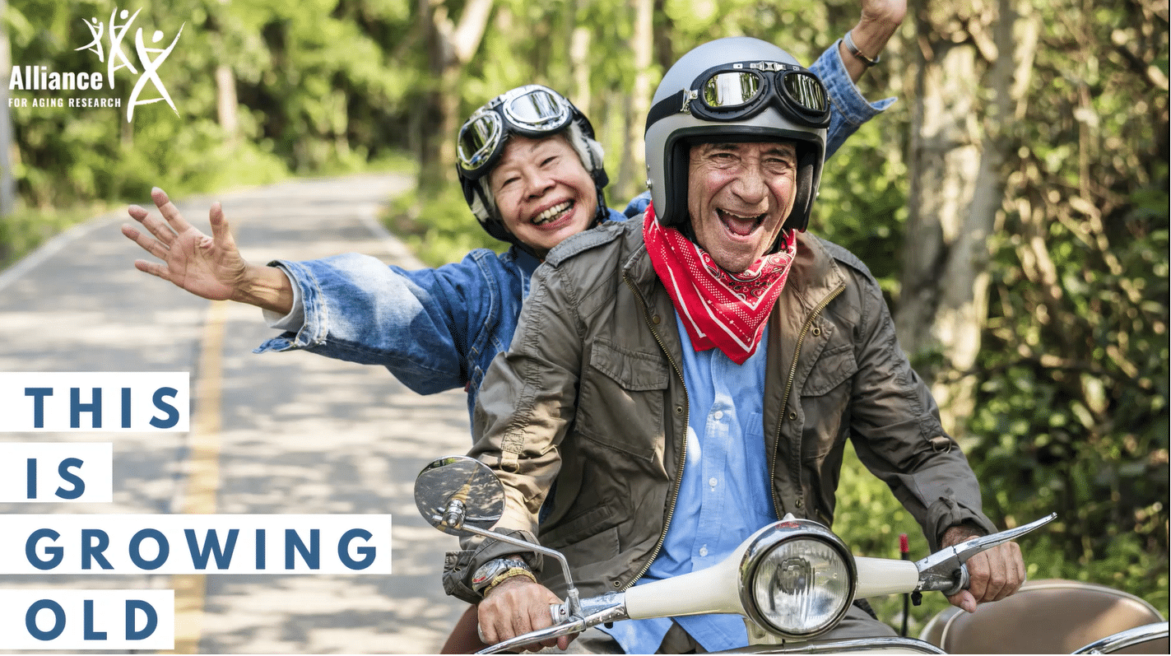
The Role of Nutrition in Healthy Aging for This Is Growing Old
Alliance for Aging Research President and CEO Sue Peschin interviews Lindsay Clarke, the Alliance’s Vice President of Health Education…
more.The Healthy Aging Blog on Healthy Aging
Healthy Aging Initiative
Aging in Motion
The Aging in Motion (AIM) Coalition is a diverse group of patient, caregiver, health and aging groups working together to press for greater levels of research and innovation to develop treatments in the area of sarcopenia and age-related functional decline.
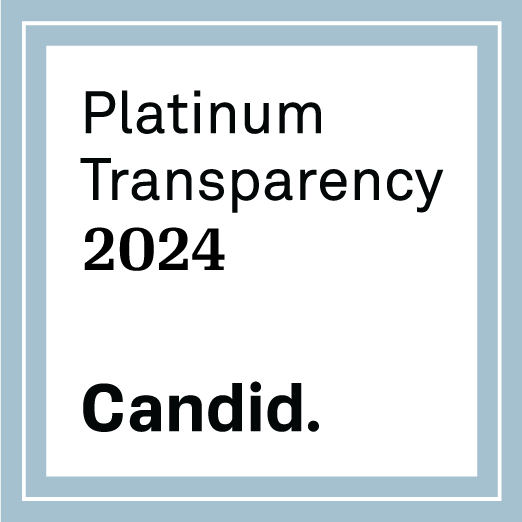
The Alliance for Aging Research is a proud recipient of Candid’s Platinum Seal of Transparency.
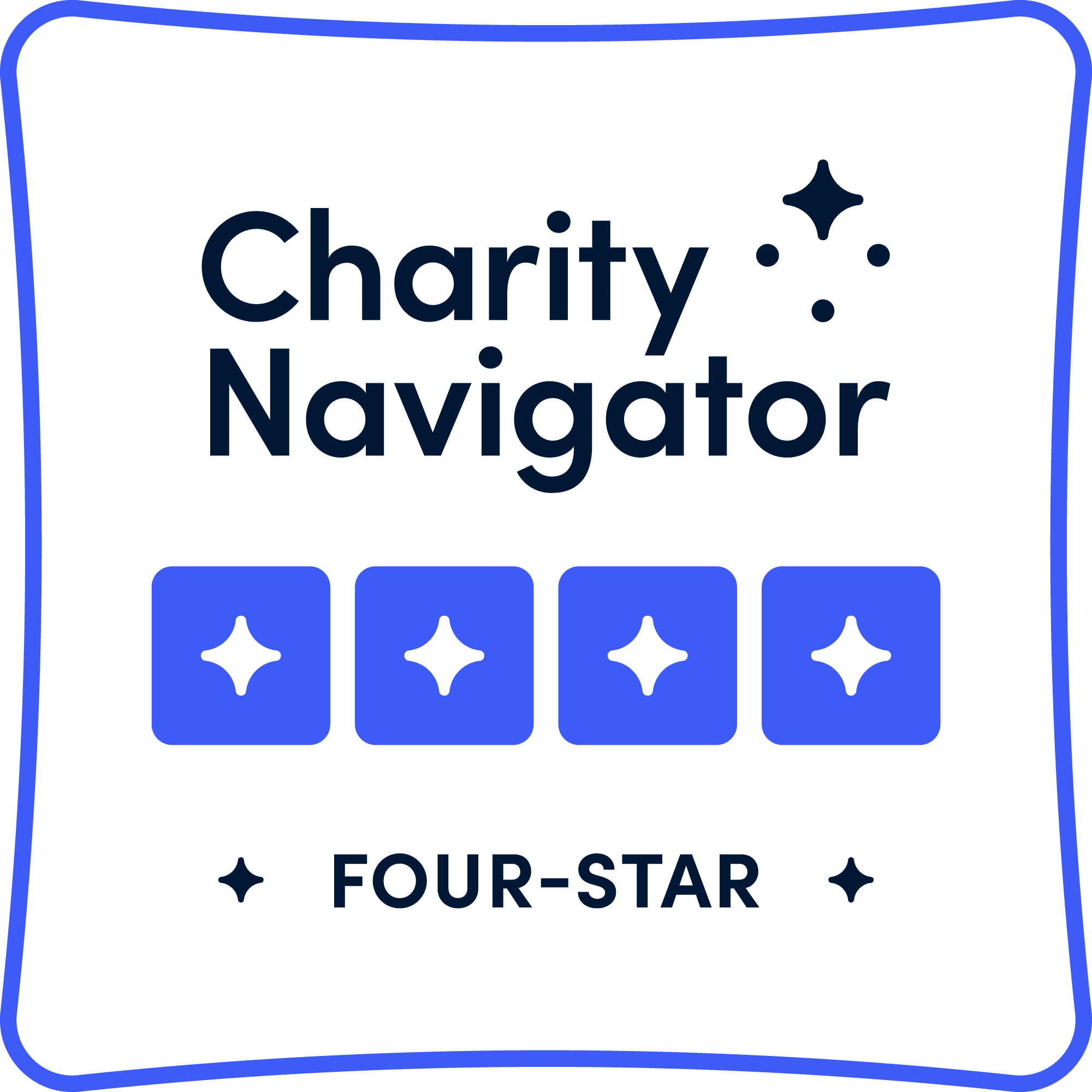
The Alliance for Aging Research is proud to be rated a 4-star charity by Charity Navigator.

